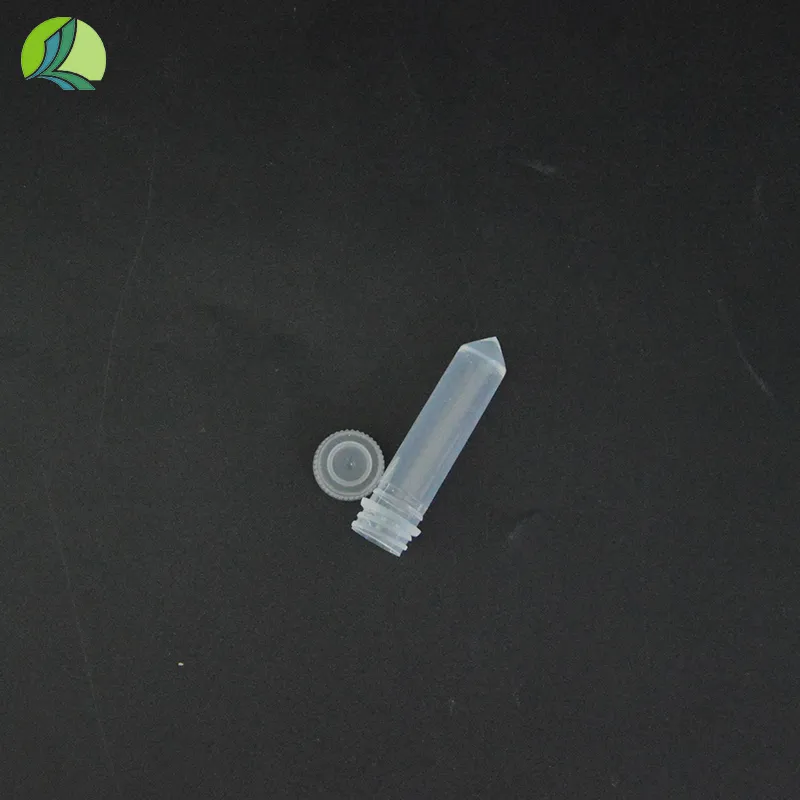Plastic Liquid Medicine Bottles for Safe and Convenient Medication Storage Solutions
The Evolution and Significance of Plastic Liquid Medicine Bottles
In the realm of medicine and healthcare, the packaging of pharmaceuticals plays a crucial role in ensuring the integrity, safety, and efficacy of medications. Among the various packaging materials available, plastic liquid medicine bottles have emerged as a popular choice due to their numerous advantages. This article delves into the characteristics, benefits, and environmental implications of plastic liquid medicine bottles, highlighting their significance in modern healthcare.
Plastic liquid medicine bottles are typically made from materials such as polyethylene (PE), polypropylene (PP), and polyvinyl chloride (PVC). These plastics are favored for their lightweight nature, durability, and resistance to breakage, making them ideal for storing liquid medications. Unlike glass bottles, which are prone to shattering and can pose risks in medical environments, plastic bottles offer improved safety during handling and transportation.
One of the key advantages of plastic bottles is their versatility. They can be manufactured in various shapes and sizes, catering to the diverse needs of pharmaceutical companies and patients alike. Whether it is a small bottle for a pediatric liquid medication or a larger container for adult prescriptions, plastic bottles can be easily customized to meet specific requirements. Additionally, they can include features such as child-resistant caps and dispensing mechanisms, which enhance user-friendliness and safety.
The lightweight nature of plastic liquid medicine bottles also contributes to cost-effectiveness in the healthcare supply chain. Reduced shipping weights translate to lower transportation costs, which can ultimately benefit both manufacturers and consumers. Furthermore, the durability of plastic bottles minimizes the risk of product loss due to breakage, ensuring that medications reach patients in their intended condition.
plastic liquid medicine bottles

From a regulatory standpoint, plastic liquid medicine bottles have undergone rigorous testing to comply with safety and quality standards set by agencies such as the U.S. Food and Drug Administration (FDA). These standards ensure that the materials used do not leach harmful substances into the medications, maintaining the therapeutic efficacy and safety of the drugs. Consequently, plastic bottles have earned the trust of healthcare providers and patients alike, becoming a staple in pharmacies and medical facilities.
However, it is essential to consider the environmental implications of plastic use. The increasing awareness of plastic pollution has prompted calls for more sustainable practices within the pharmaceutical industry. While plastic bottles serve essential functions, the dilemma of their disposability poses a challenge. Efforts are being made to develop biodegradable plastics and recyclable packaging solutions to mitigate environmental impact. Pharmaceutical companies are also encouraged to implement take-back programs and promote recycling initiatives to reduce plastic waste in healthcare settings.
Innovations in packaging design, such as the introduction of refillable bottles and the use of recycled materials, are steps in the right direction. Additionally, educational campaigns aimed at healthcare professionals and patients can raise awareness about proper disposal methods, fostering a culture of sustainability within the industry.
In conclusion, plastic liquid medicine bottles play a vital role in the safe and effective delivery of medications. Their advantages in terms of safety, cost, and versatility have made them a preferred choice in the pharmaceutical sector. However, the environmental concerns associated with plastic waste necessitate a collective effort towards sustainable practices. By embracing innovation and promoting responsible use, the healthcare industry can ensure that plastic liquid medicine bottles continue to serve their essential function while minimizing their ecological footprint. Balancing the needs of modern medicine with environmental stewardship will be crucial for the future of pharmaceutical packaging.
-
Aesthetic Makeup Spray Bottles | Fine Mist Empty RefillableNewsAug.19,2025
-
White Plastic Veterinary Vaccine Vials | Lab Liquid BottlesNewsAug.18,2025
-
Plastic Medicine Liquid Bottle: Secure Flip Top Drug VialsNewsAug.17,2025
-
Durable 250ml Blue Plastic Vaccine Vial for Lab & Vet UseNewsAug.16,2025
-
Sterile Virus Sample Tubes: Secure & Reliable Specimen CollectionNewsAug.15,2025
-
White 250ml Plastic Vaccine Vial for Lab & Vet MedicineNewsAug.14,2025
























